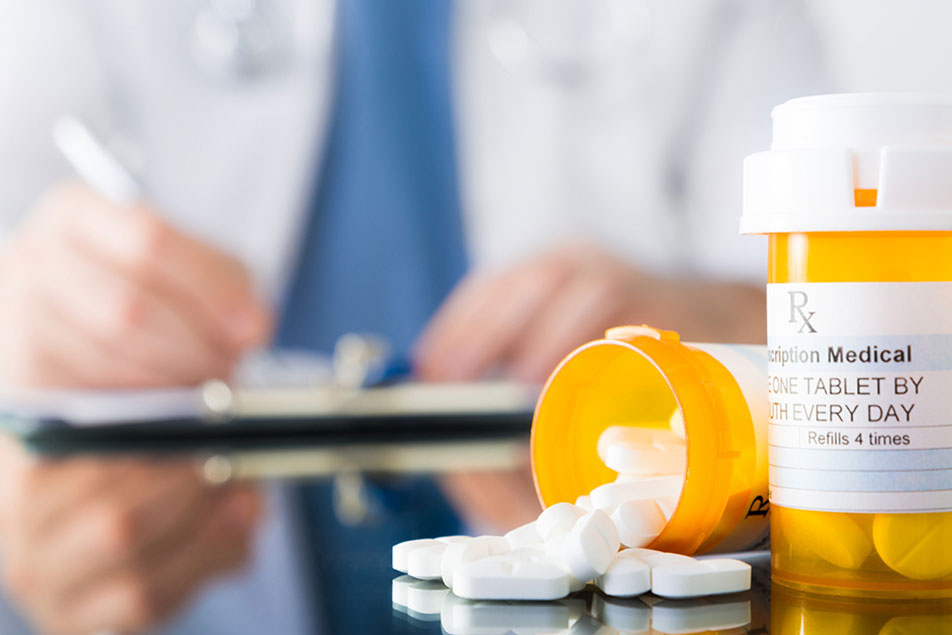Odds are, you have been prescribed an antibiotic at some point in your life. According to the Centers for Disease Control and Prevention, in 2014, 266.1 million courses of antibiotics were dispensed to outpatients in U.S. community pharmacies. Chances are also high that you’ve likely failed at least once to keep taking the prescription until it was entirely gone. Once the symptoms subside, it seems silly to continue taking the medication, right? Wrong, Carley Thompson, PharmD, says. We asked her to explain how antibiotics work and teach us about the importance of taking the medication as it’s prescribed.
What are antibiotics?
Antibiotics are medications used to kill the bacteria that are causing an infection. There are many different antibiotics available and all of them require a prescription. Antibiotics are created to target specific bacteria, so a medication that works on one type of infection may not be effective against another.
Why is it so important to take the full recommended dose of your antibiotic?
Antibiotics cure an infection by either killing the active bacteria or by preventing more bacteria from growing. Many studies have been done to determine the optimal dose and duration for the different types of antibiotics, and they’ve also demonstrated that the treatment is most effective when the medication is taken long enough to ensure that all of the bacteria has been eliminated.
What happens if someone doesn’t take their antibiotic as directed?
When you don’t take your antibiotic as directed (i.e. not taking the appropriate amount of pills a day or not taking the prescription until it is gone) you’re not getting enough of the drug into your body for a long enough time. When that happens, you fail to kill all of the bacteria, and the bacteria can develop an antibiotic resistance. The World Health Organization (WHO) and Centers for Disease Control and Prevention (CDC) both stress the importance of taking your antibiotic exactly as your healthcare provider has prescribed to reduce the chances of bacteria developing antibiotic resistance.
What is antibiotic resistance?
Antibiotic resistance is when bacteria develops a method to prevent an antibiotic from doing its job. In short, resistance happens when bacteria develop a defense that fights the antibiotic. Resistance can spread from one bacteria to another, and it is a global problem. As resistance develops and spreads, infections become harder to cure. This can result in longer treatment times, disabilities and even death. Infections that were once cured with less than a week of antibiotics are now taking multiple weeks to cure.
How can I help prevent antibiotic resistance?
Take your antibiotic exactly as your health care provider has prescribed. They know what dose and duration of the antibiotic is appropriate for you and your specific condition. Also, know the difference between bacterial infections and viral infections. Antibiotics are only effective in treating bacterial infections. Viral infections, like the common cold or the flu, will not be cured with antibiotics.




